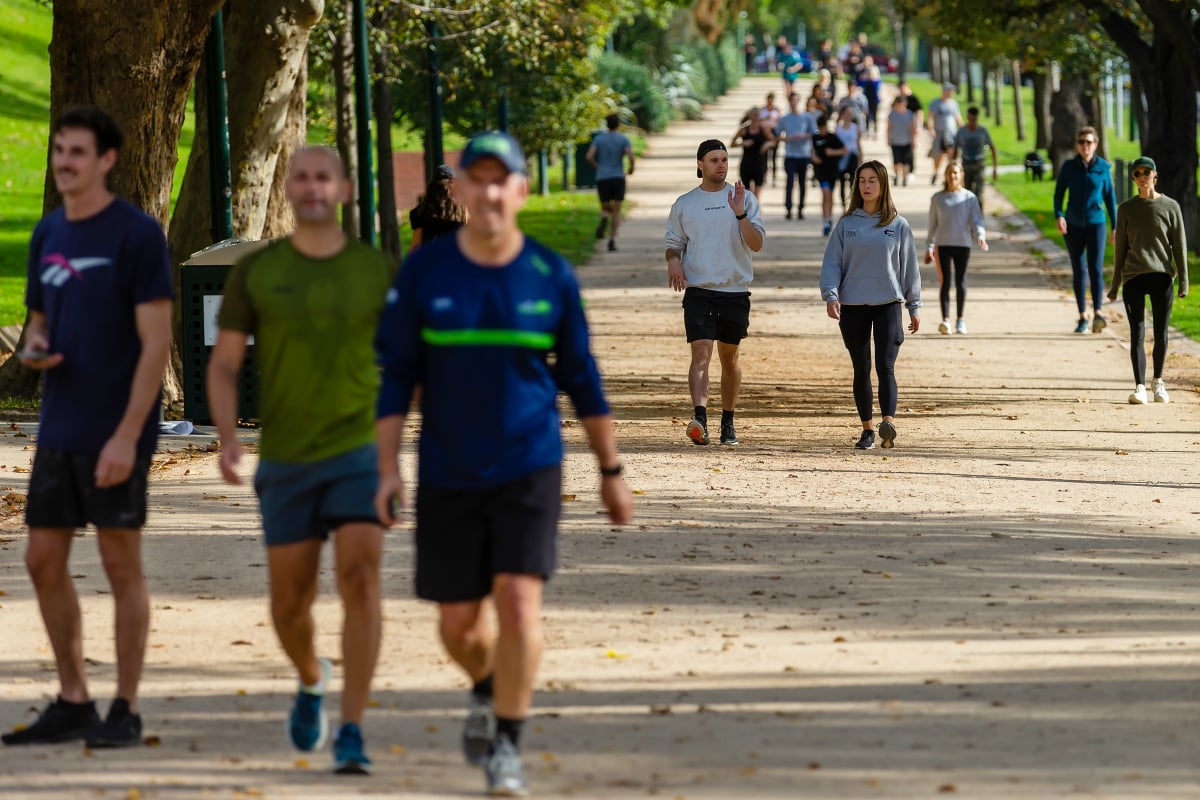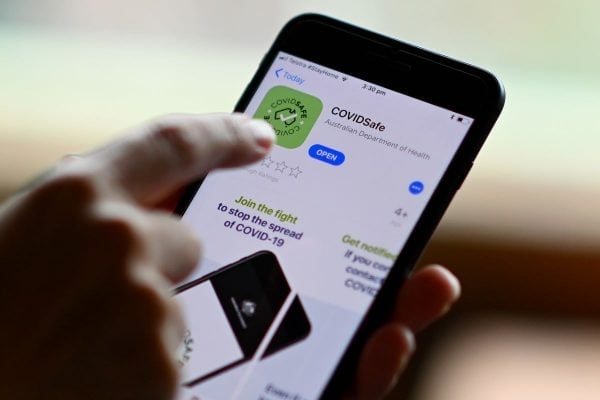
“What we have seen is a sustained and consolidated and now extended flattening of the curve,” Health Minister Greg Hunt said on Sunday.
They are encouraging words about the way Australia has so far responded to the coronavirus pandemic, and signifies that our “suppression” phase has successfully worked.
And while we’re not out of it yet – not even close – there are positive signs that the road back to normality is within the foreseeable future.
But with the likely timeframe for a COVID-19 vaccine still 12 to 18 months away, how will Australia lift lockdown laws?
A report published by the Actuaries Institute this past week, put together by authors Michael Rice, Alun Stevens, and Michael Berg, outlines the ways in which the government could practically implement an exit strategy without compromising the health of Australians due to the ongoing threat posed by COVID-19.
“The approach needs a careful balance between expanding economic activity and preventing the virus spreading exponentially,” the report states.
Mamamia breaks down your most common questions about COVID-19. Post continues below video.

